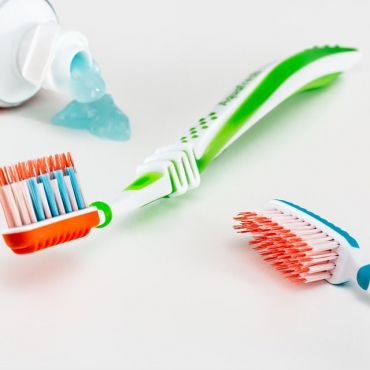Lesser Known Tooth Villains: The ‘Crunchies’

Warning: You may not like what you’re about to read.
Crunchy foods break teeth! Almonds (most nuts in fact), popcorn, ice, hard pretzels, granola, candy, pitted olives, baguettes, etc. are all high-risk foods for breaking teeth.
How common is this? In my career, a broken tooth is by far the most common emergency. This outweighs classic toothaches by a landslide.
What happens when you break a tooth? This is one of the problems with breaking a tooth. It is impossible to accurately predict how a tooth is going to break. When a tooth breaks, one of a few things can happen: The tooth can have a minor break and only effect the enamel. This is relatively easy to fix with smoothing the tooth, a filling or sometimes a crown;
A large portion of the tooth can break, but the break stays above the gums. In this case most patients will end up needing a crown; the tooth can break below the gums and even below the level of the bone! In this scenario, often patients will need a crown and gum surgery;
The tooth can break in the middle and hit a nerve. If a tooth breaks and exposes the nerve, patients will need a root canal and crown. If the crack goes deep into the nerve, the tooth may need to be extracted or;
The tooth splits down the middle. There is no way to save a tooth that breaks like this, it needs to be removed and replacement options discussed.
Why is this such a common problem? Two major reasons exist for a broken tooth becoming so common. The dental community overall has done a great job educating the public on the dangers of sugary foods causing cavities and even the link between gum disease and heart disease. But we have not placed the same emphasis on how crunchy foods pose a major (and often costly) threat to teeth.
The second reason has to do with people keeping their teeth much longer. People are living much longer now than 100 years ago and with better dental education and advances in technology, people are also keeping their teeth for much longer also. Many patients have “silver” fillings from when they were a child. These amalgam fillings can last for an amazingly long time, but they have limitations. For example, the older silver fillings are not bonded to the teeth and because of this, the teeth experience some flexing over time. Over thousands of chewing cycles, many teeth with old silver fillings can develop cracks of varying sizes and severities. If these cracks extend into the tooth already, biting into a crunchy food can be the ‘straw that breaks the camel’s back.’
What can I do about it? Awareness and prevention are the keys with broken teeth. Buy sliced almonds, not whole almonds, eat popcorn one popped kernel at a time (not a handful), add granola to some yogurt to let it soften a bit, buy thin pretzel sticks and not the big crunchy ones. Also, ask your dentist if they think you have any teeth that are at higher risk for breaking.
Dr. Richard Weber
Love Your Smile Dental



Add Comment